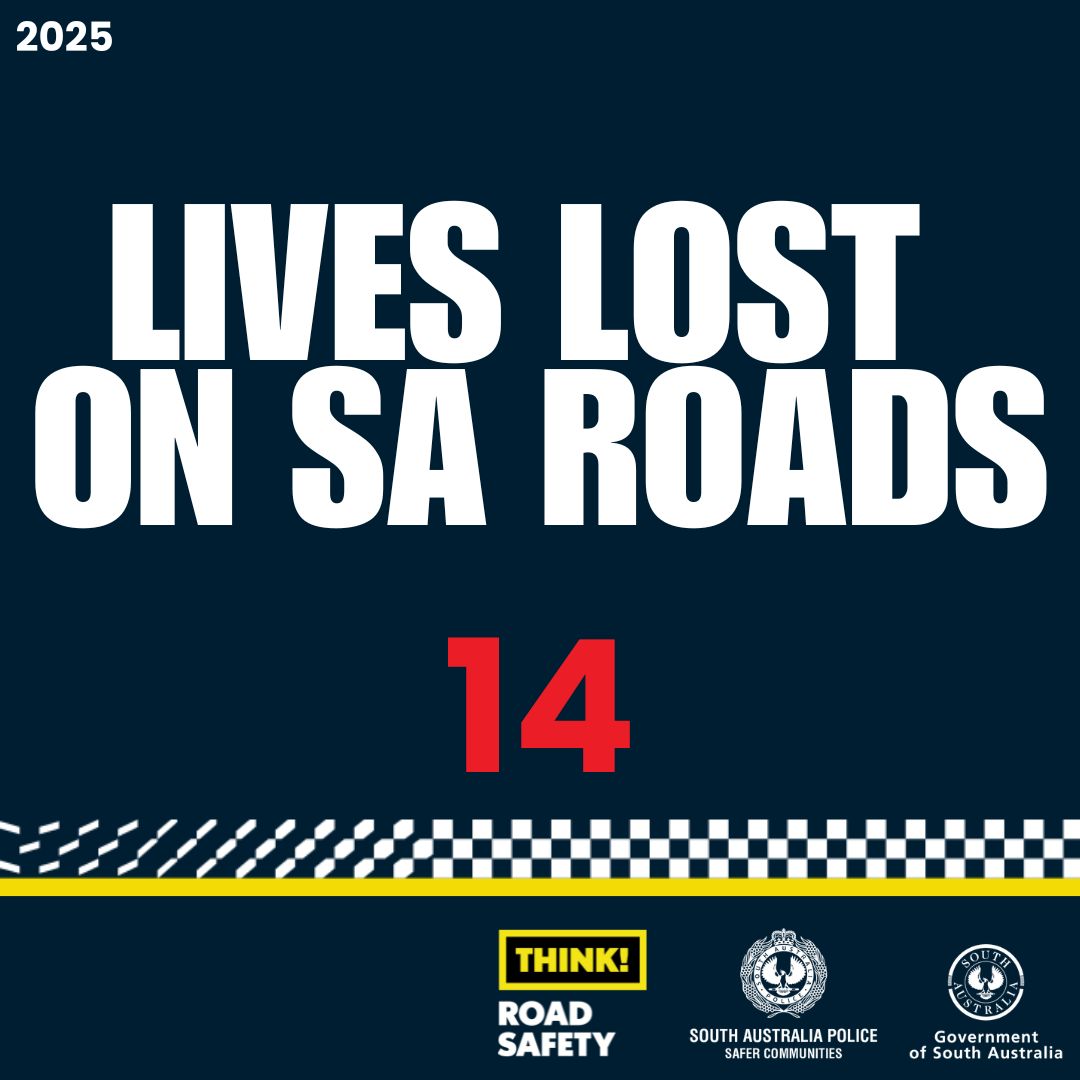Women’s Safety NSW has this week released two new reports drawing on surveys of frontline workers and victim-survivors about the responses of police and courts to domestic violence.
These reports are timely in the wake of the Attorney General and Minister for the Prevention of Domestic Violence, Mark Speakman SC MP’s proposed legislative amendments to the Criminal Procedure Act 1986 to make courts safer for victim-survivors of domestic violence through the , which is due to be debated in the NSW Legislative Assembly today, as well as his recent announcement of a .
The Police Domestic and Family Violence Policy and Practice Position Paper and the Court Responses to Domestic and Family Violence in New South Wales Position Paper highlight the progress that has been made in improving these responses but say that more reform is needed to ensure that victim-survivors of domestic violence are able to access the support and protection of the police and courts.
“While these are the first of their kind surveys of frontline workers and victim-survivors about the police and court responses to domestic violence, we know anecdotally that this represents an improvement in recent years,” explains Hayley Foster, CEO of Women’s Safety NSW. “However, still more than half of victim-survivors were not entirely satisfied with the police response and did not feel that the magistrate in their matter demonstrated an understanding of the dynamics of domestic and family violence. This needs to improve, because if domestic violence victim-survivors don’t have faith in the police and court systems, they are less likely to report their abusers and more likely to continue suffering or even be killed.”
The survey responses detailed that a significant proportion of victim-survivors of domestic and family violence noted poor police response, meaning that they didn’t feel safe and protected in reporting their abuser. As reported by Sophie*, an Aboriginal victim-survivor, aged 50-59, heterosexual and living with a disability in Rural NSW: “They believed what they were told by him. [They believed] that I was making everything up to make him look bad, that I needed to be more understanding about what he was going through with me instigating a divorce. That I needed to answer my phone and be available to ‘listen’ to him whenever he was feeling down. That he was only acting out to get my attention and I should go to marriage counselling to try and work through it.”
The reports identify a number of areas for reform, including a call for extensive training and professional development requirements with a specific focus on tackling problematic attitudes in relation to violence against women. As highlighted in the reports, one of the key areas that this training would address is what is perceived to be victim blaming by authorities.
“I have heard magistrates say ‘They are just as bad as each other. If you had chosen to leave on that day, this would not have happened.’ Constantly magistrates and police see there is no reason to have children named on ADVOs [civil protection orders],” reports Karen*, a Domestic and Family Violence Specialist from a Regional Women’s Domestic Violence Court Advocacy Service.
Other recommendations in the reports include:
- ending direct cross-examination of victim-survivors by their unrepresented abusers;
- specialisation of magistrates hearing domestic and family violence matters;
- extending specialist support and safe room access to victim-survivors at their domestic violence hearings;
- increased investment in specialist domestic violence teams and cultural liaison officers within police; and
- more independent accountability and oversight mechanisms to ensure police are not investigated by their own colleagues in cases of alleged misconduct.
Access the full position papers and recommendations and .








